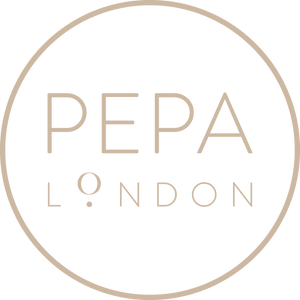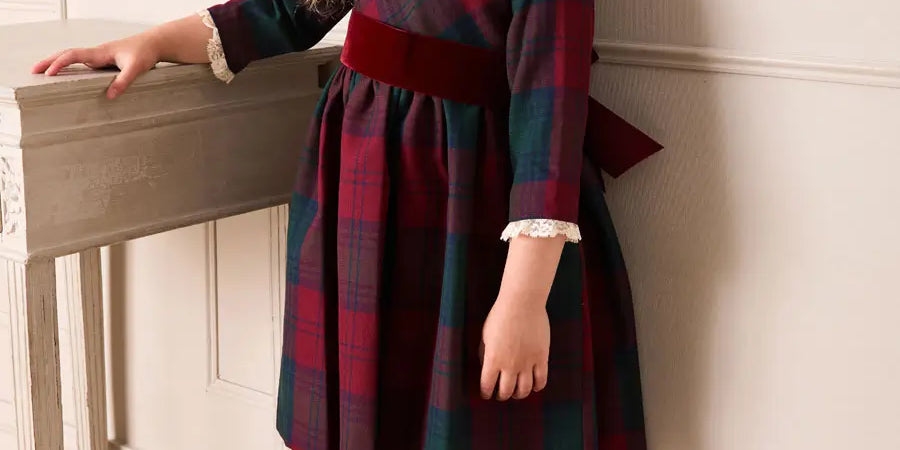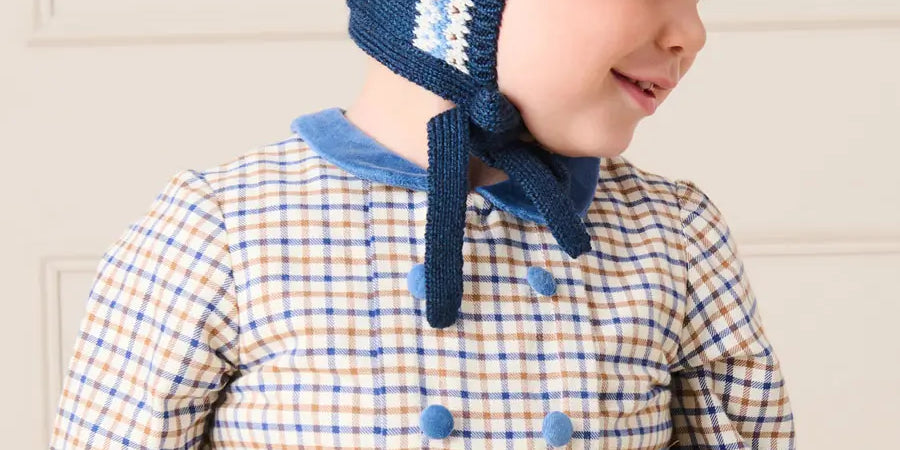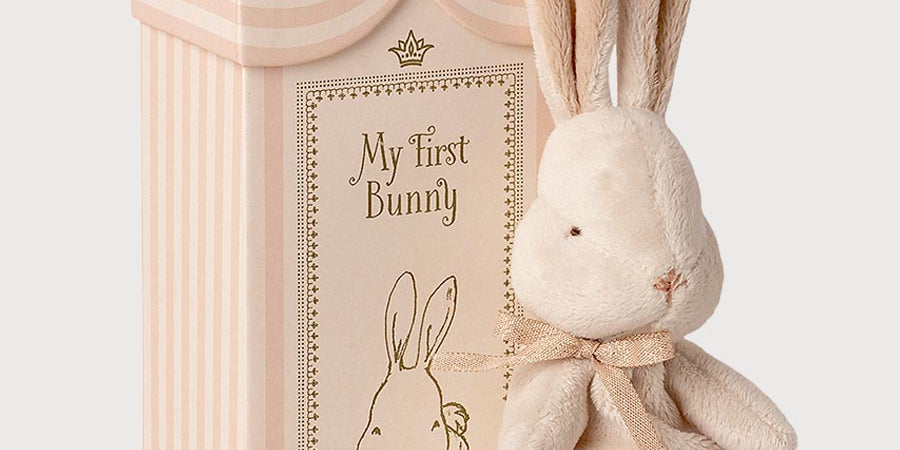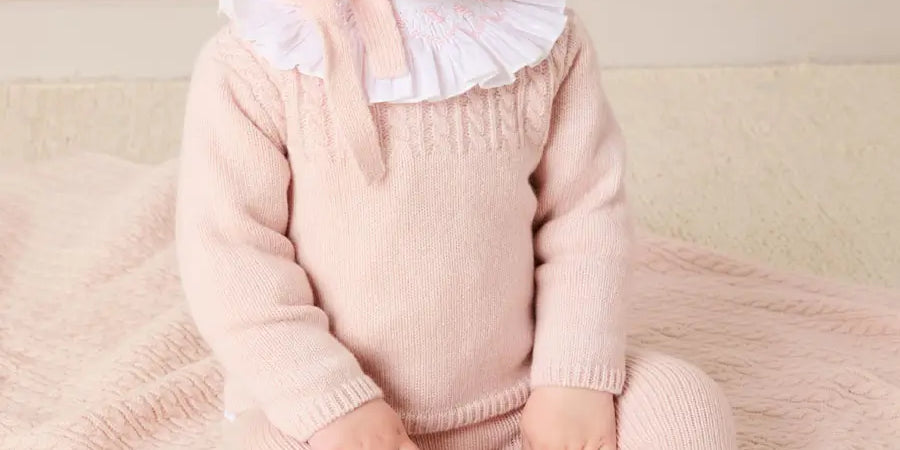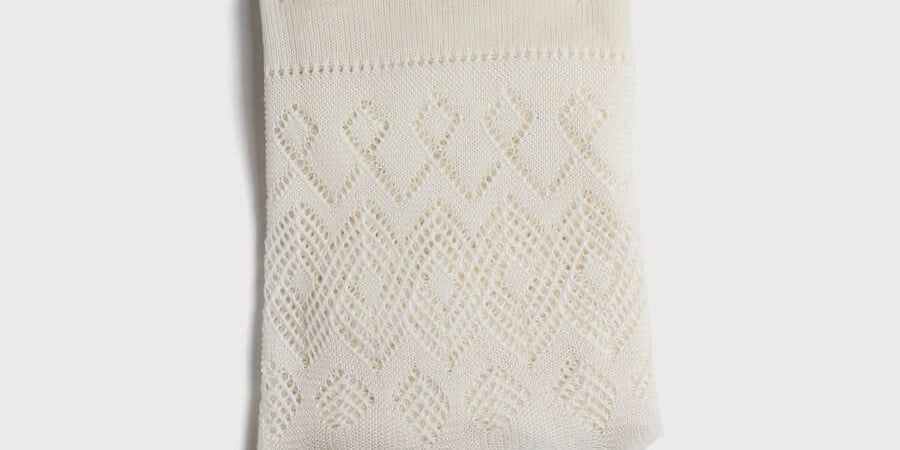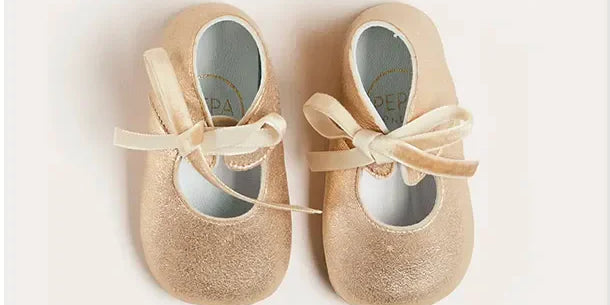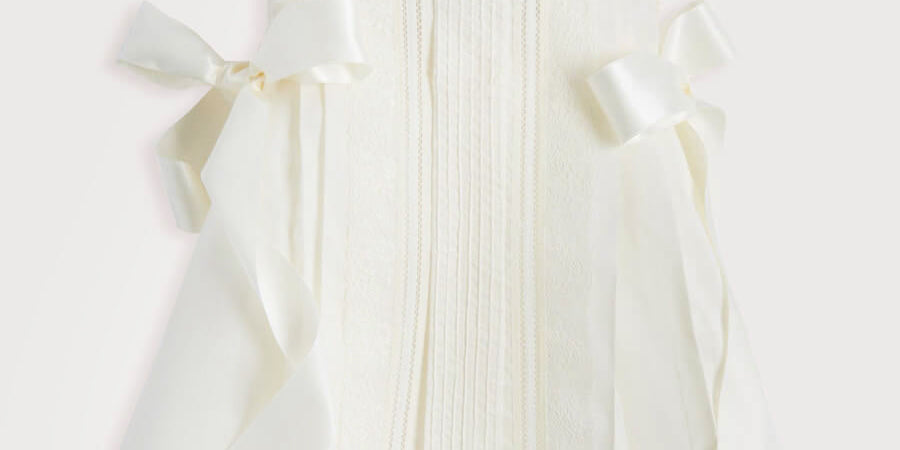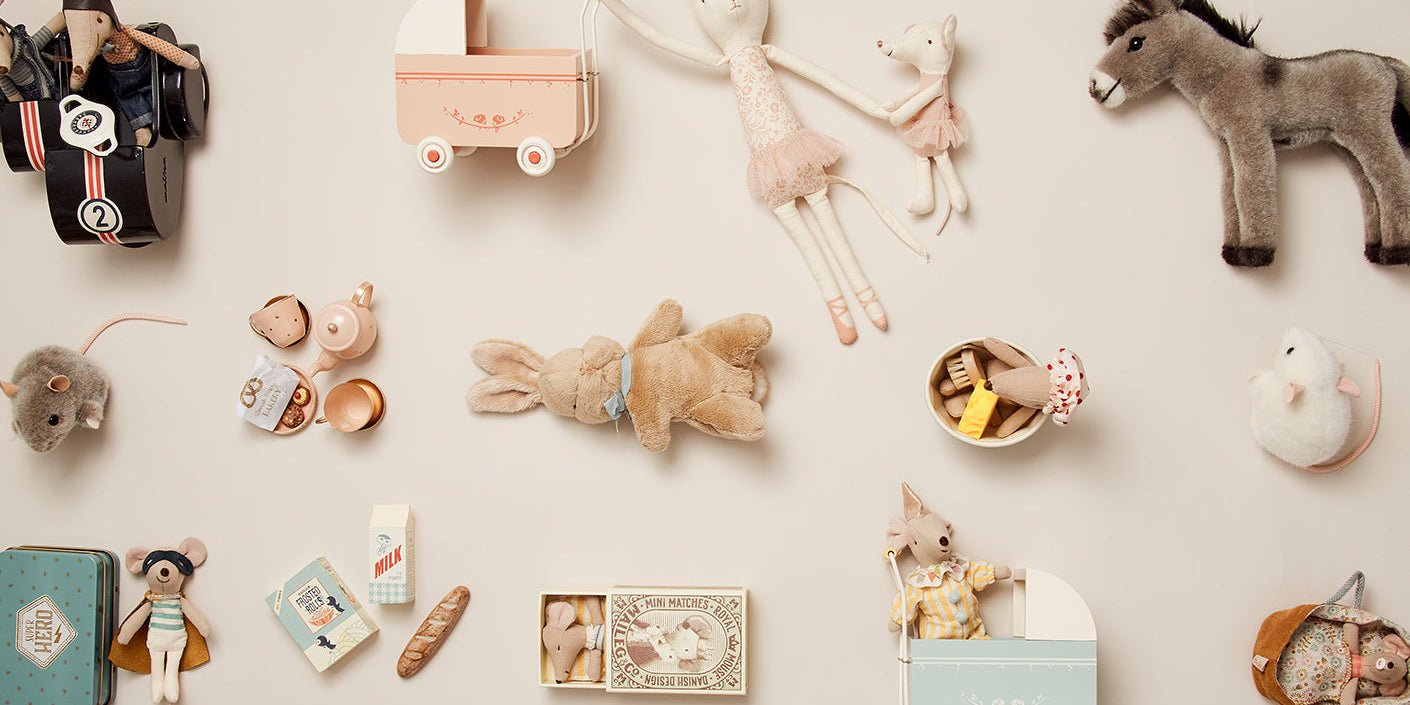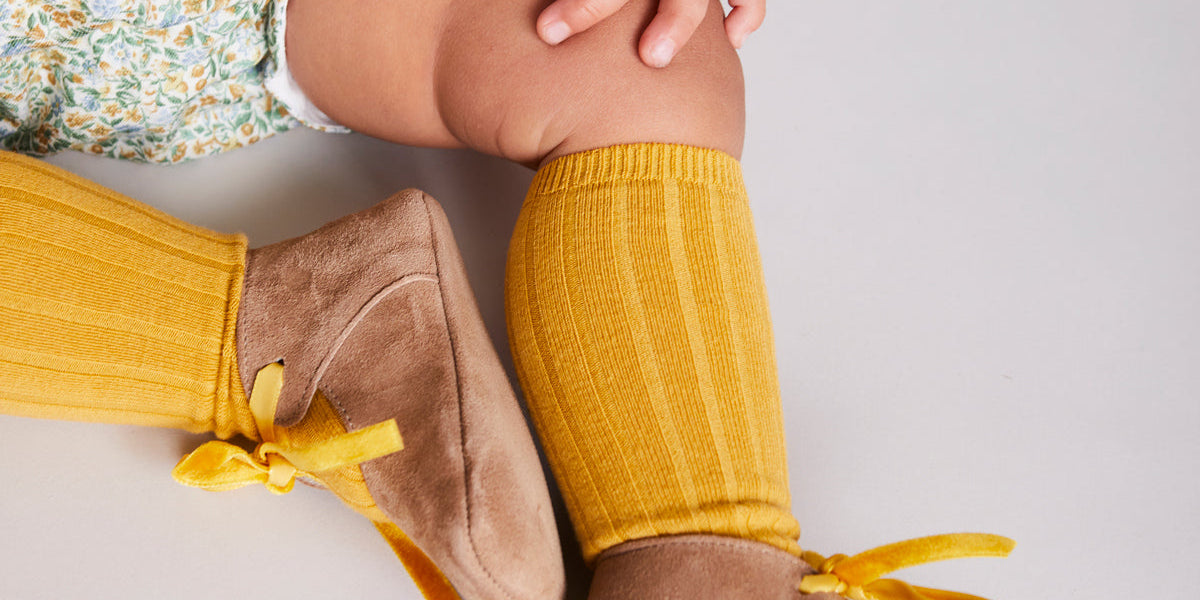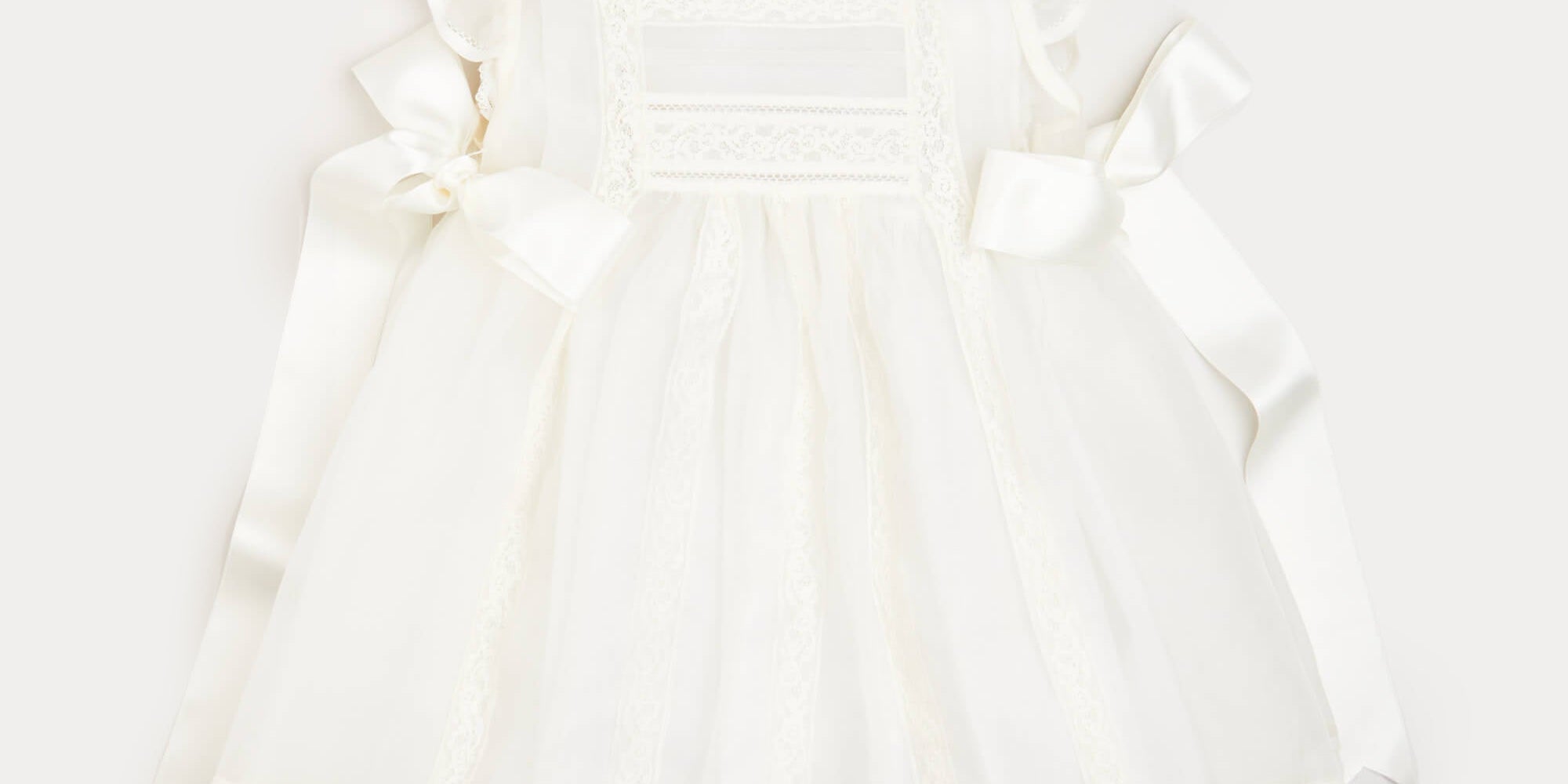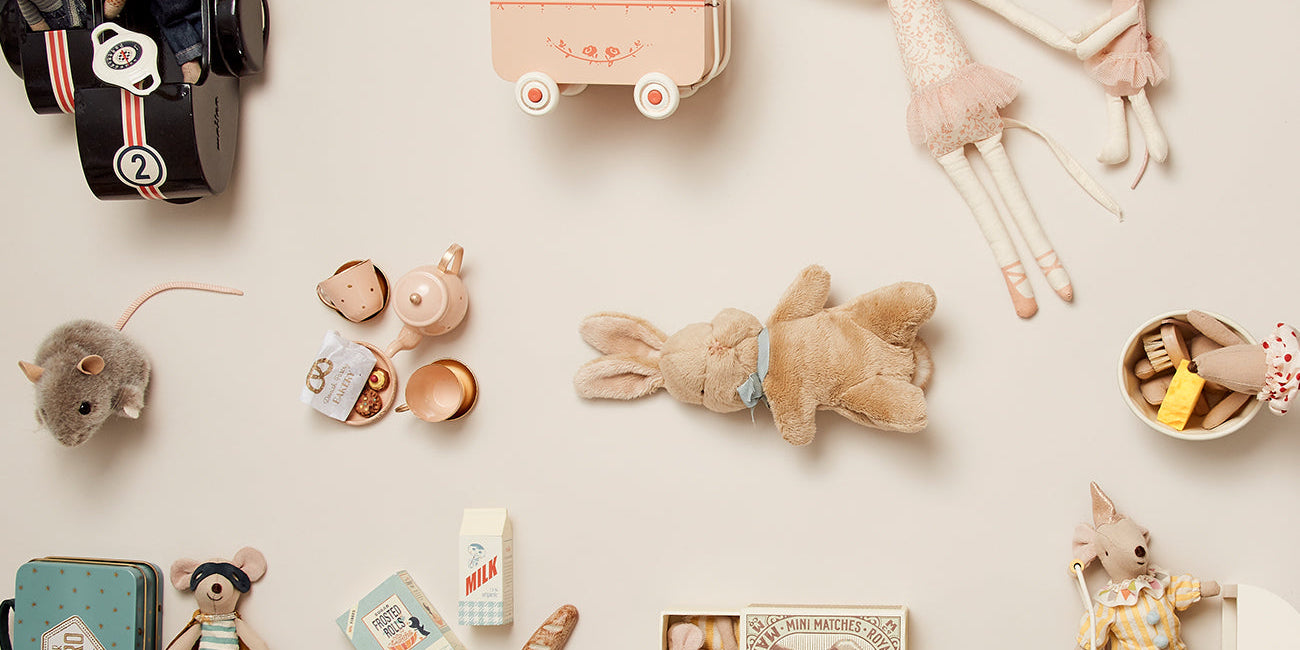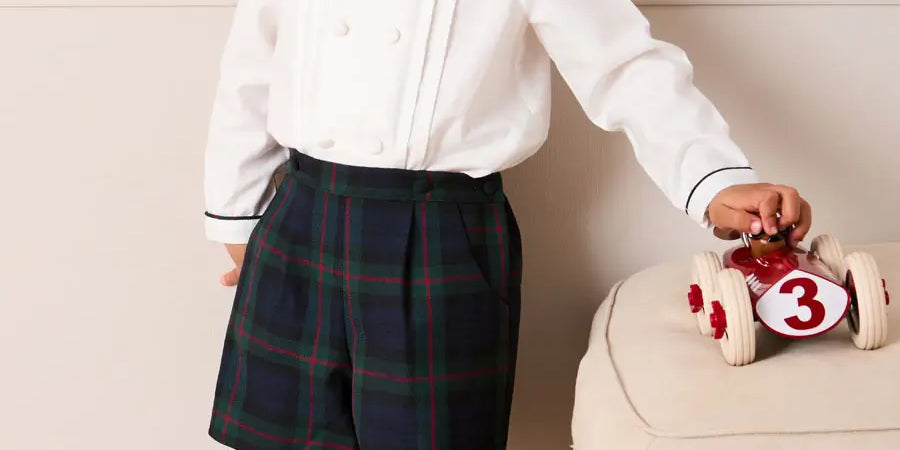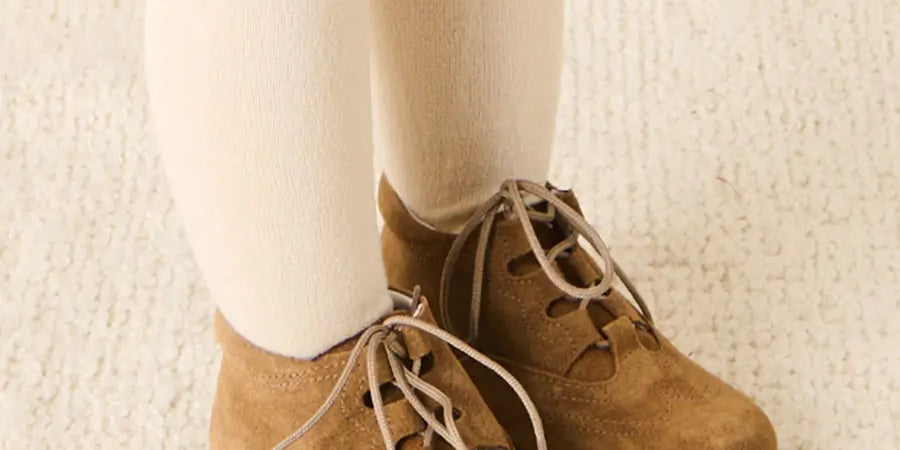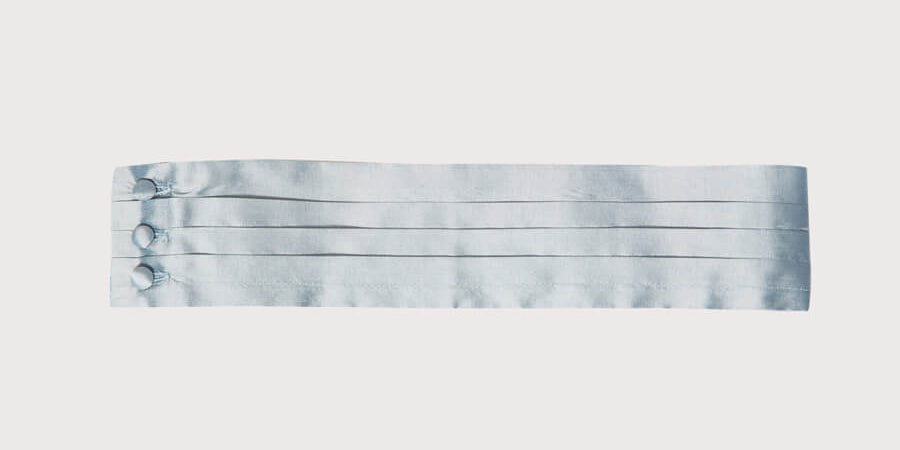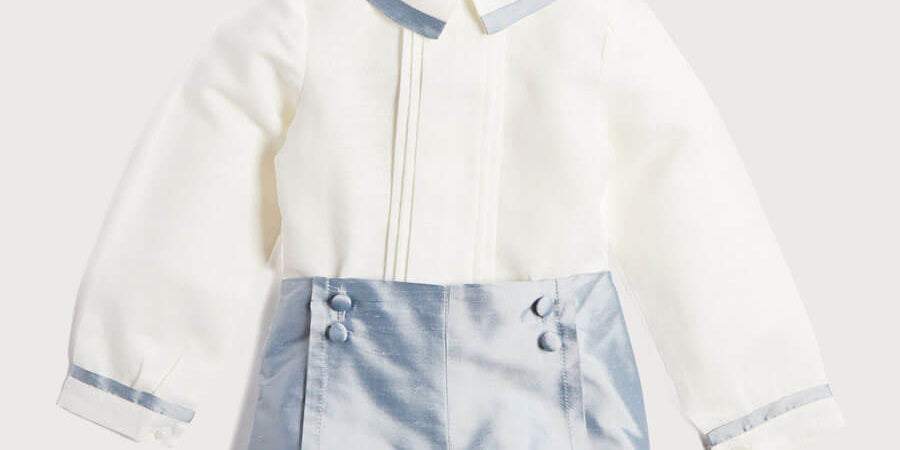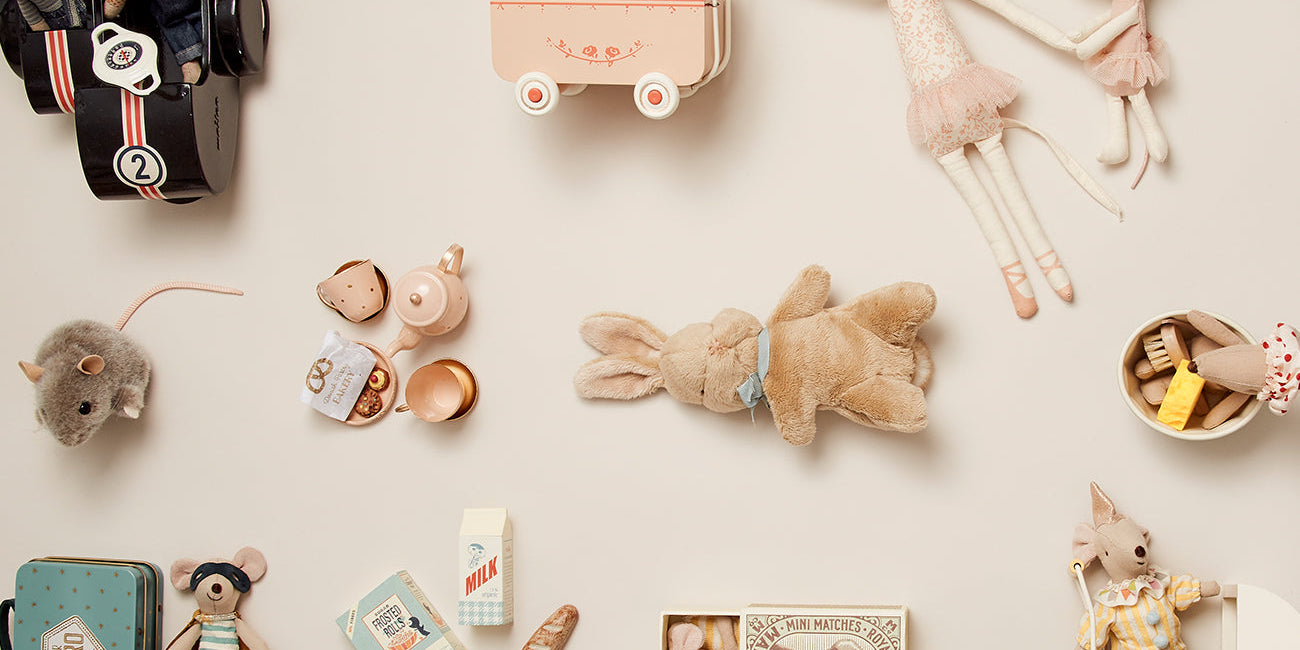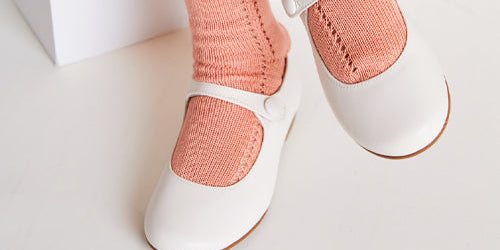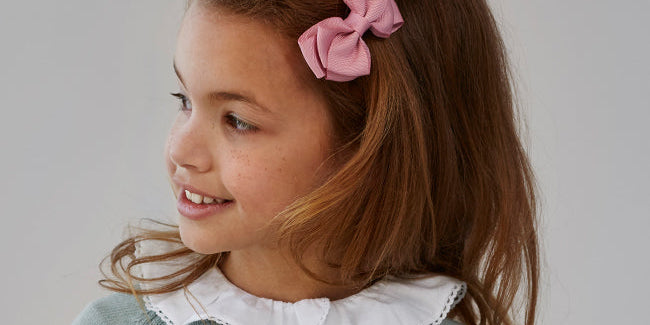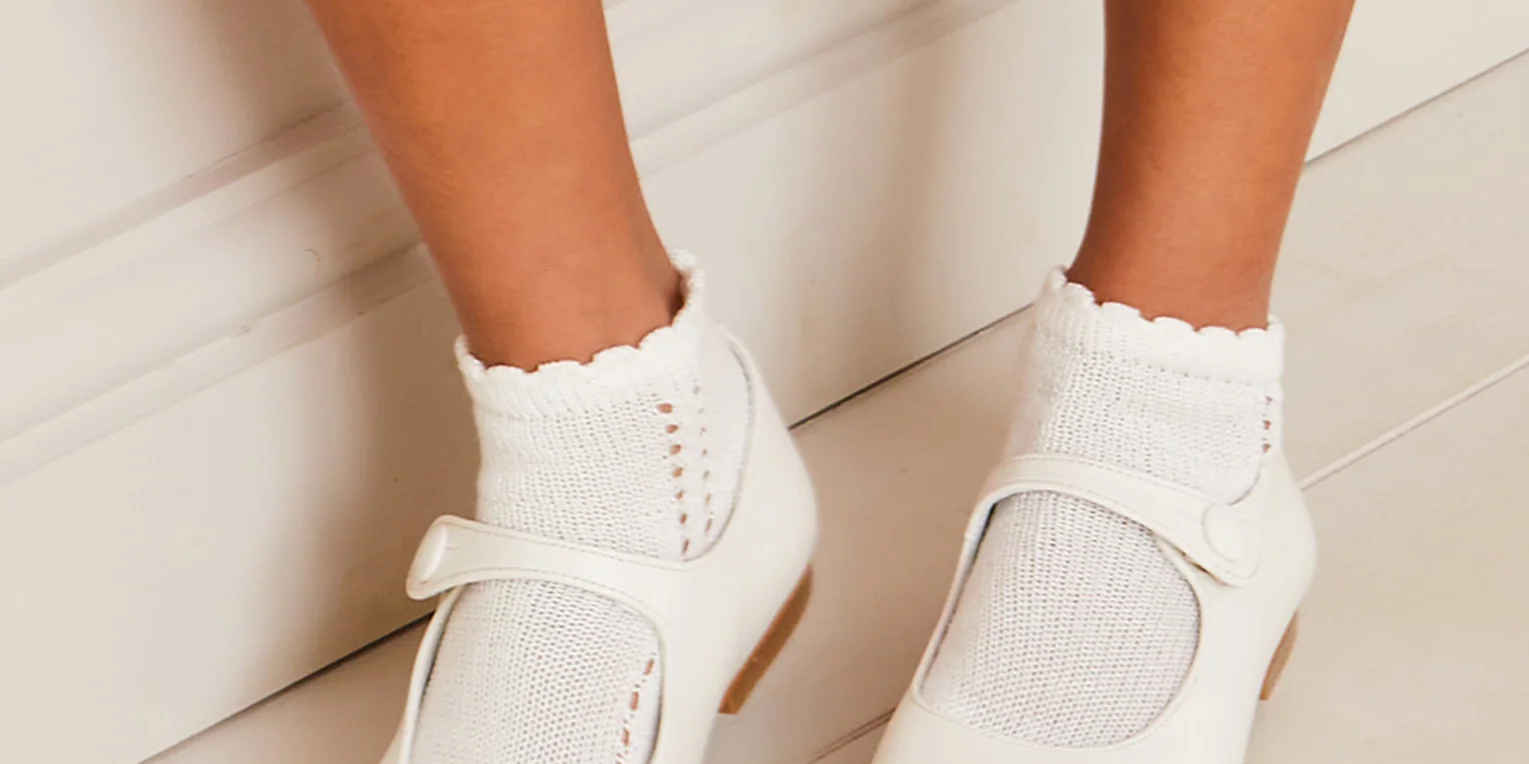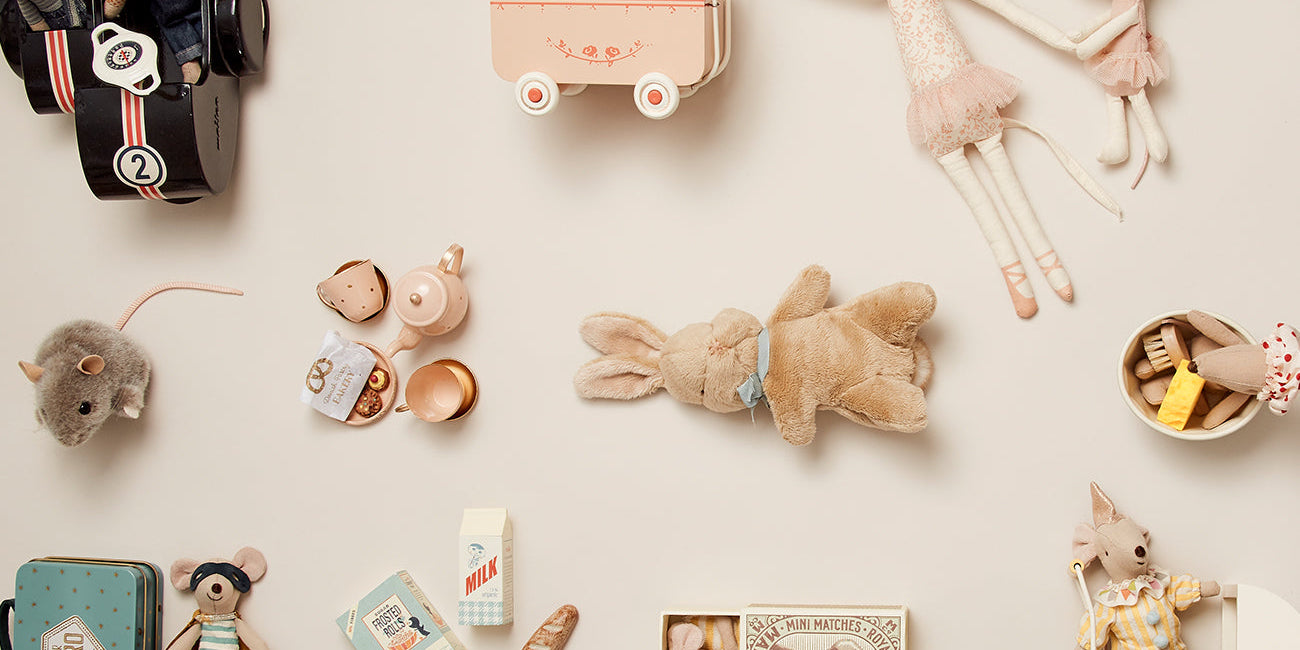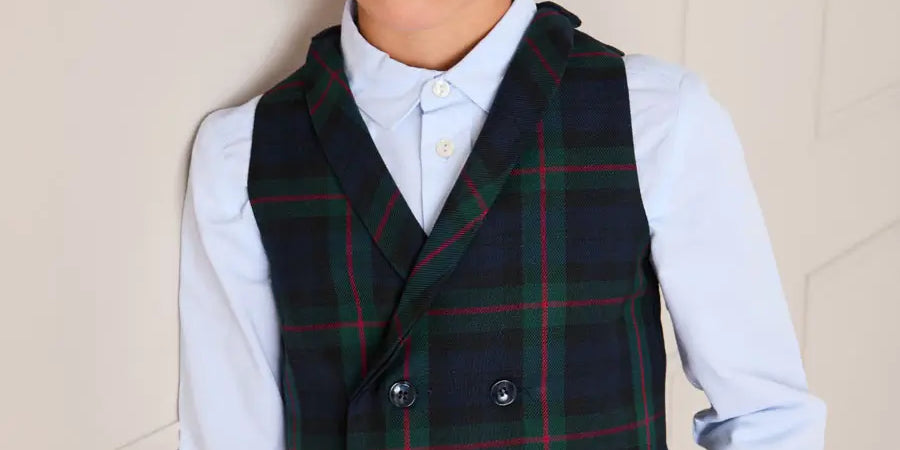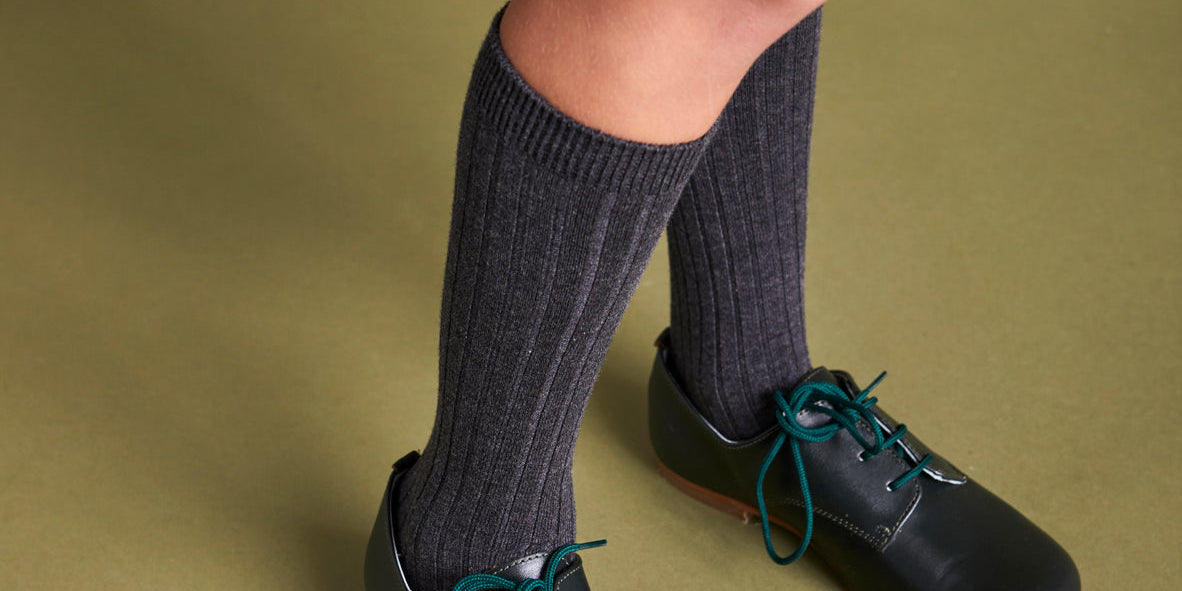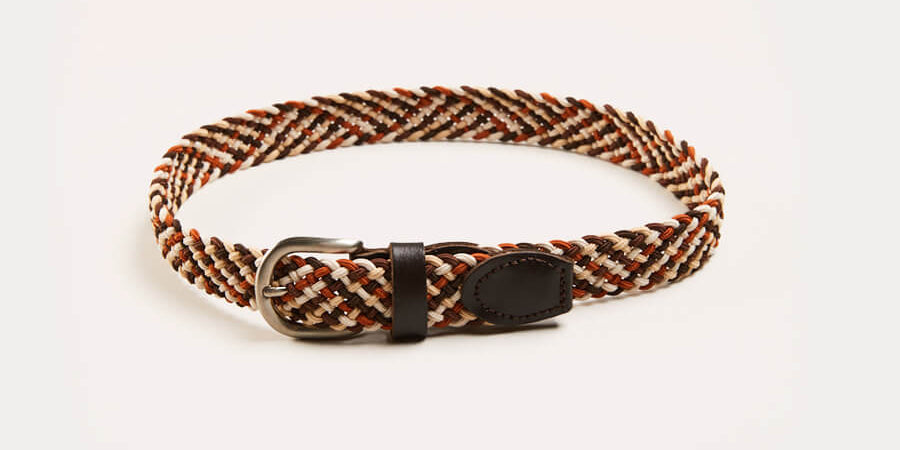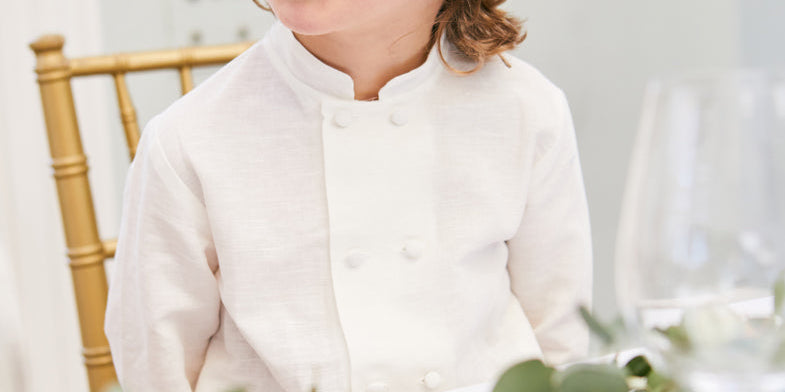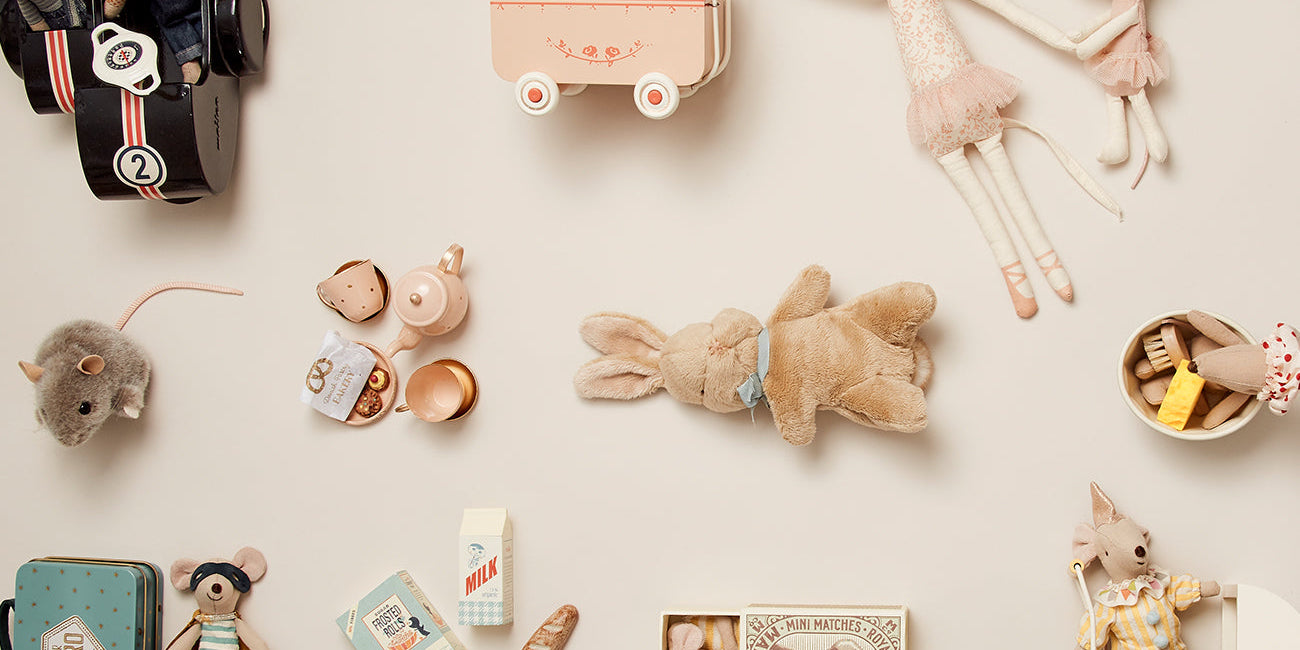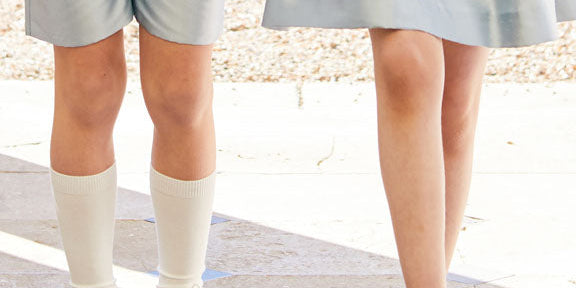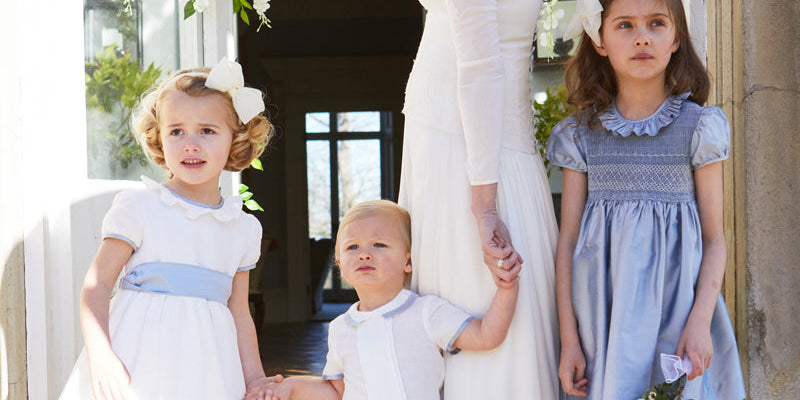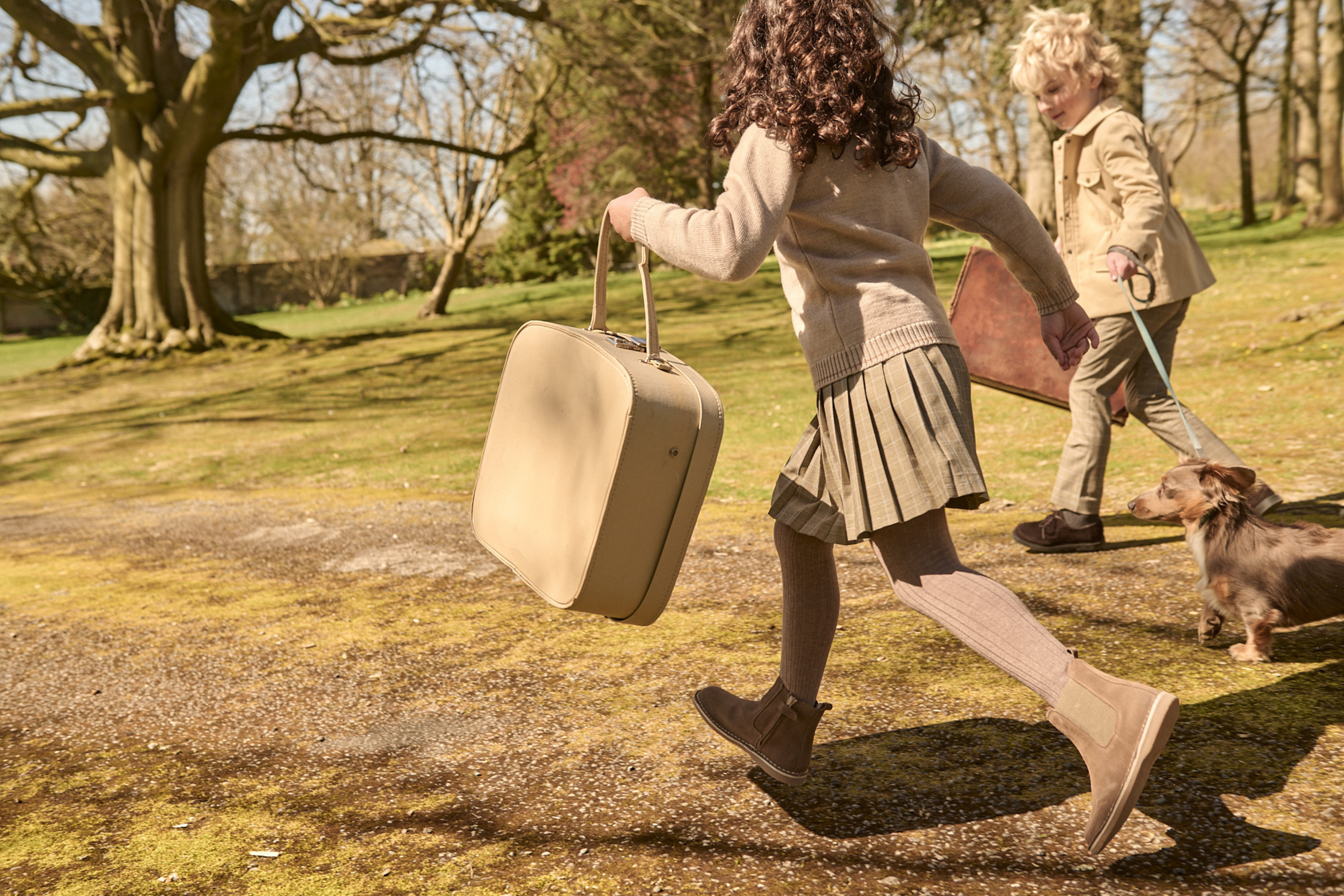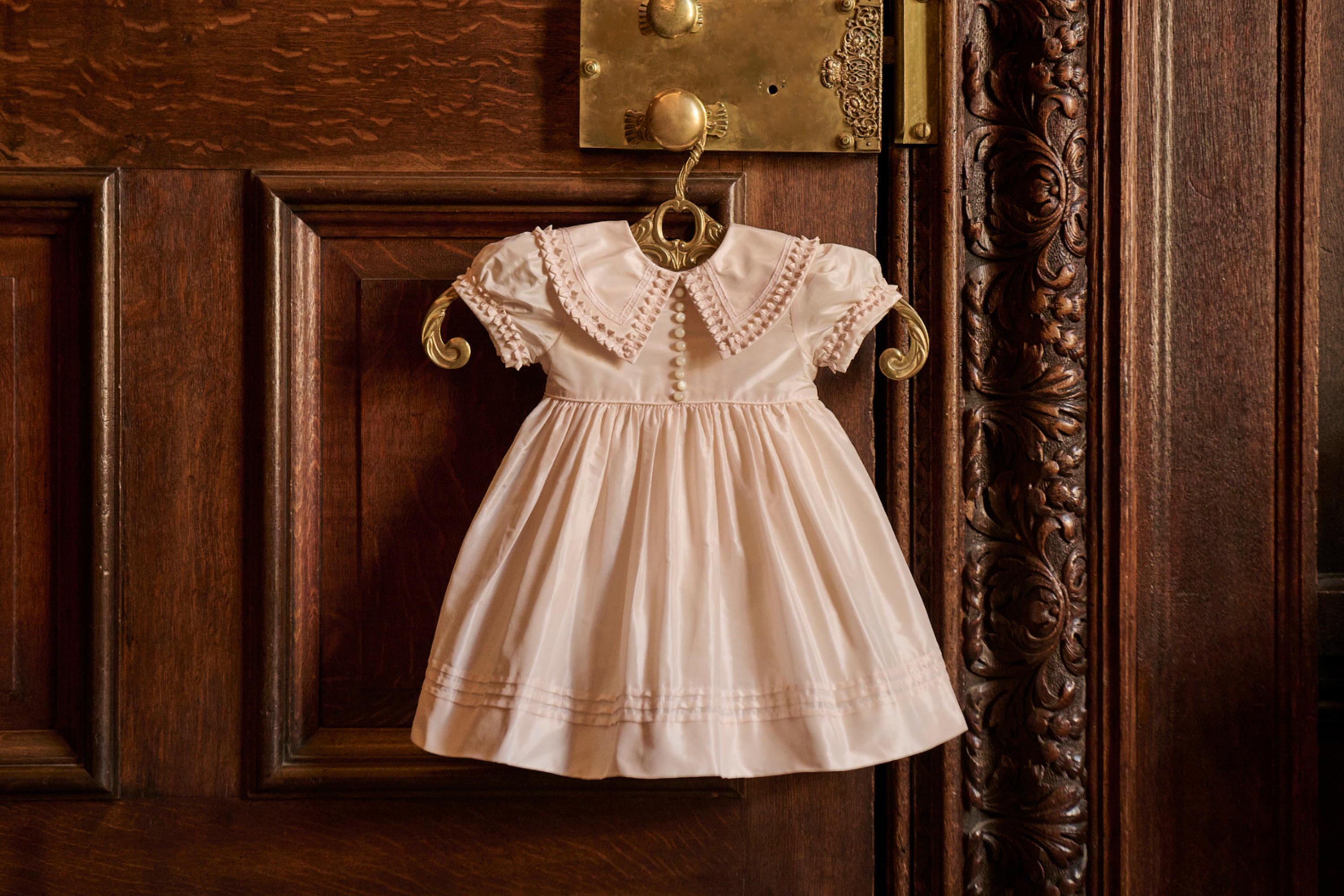Nanny Louenna is currently working as a Freelance Temporary Nanny, Childcare Consultant and Maternity Nurse. She has graduated from one of the most exquisite colleges for nannies, Norland College in Bath, with the highest award. Louenna has also launched a childcare app where she will share all her knowledge on topics such as weaning, potty training and looking after a newborn! You can download it here. You can also follow Louenna on Instagram.
Our 'Ask Nanny Louenna' blog series brings an exclusive opportunity to get advice and tips from one of the most desired nannies out there.
Disclaimer: The information contained in this article is not intended to be a substitute for medical advice. You are the best parent for your child and only you can make loving and wise parenting decisions by knowing your child and your unique family situation.

I love the weaning stage! It’s such an exciting milestone in your baby’s first year. I think it can be quite daunting at first but very quickly your baby will be happily eating toast for breakfast and fish pie for tea!
When should I start weaning?
There is a big debate over when to start weaning. Ten years ago, the World Health Organisation (WHO) changed its advice, they said weaning should start at six months, not four months as previously advised. This change was due to certain babies’ digestive systems being underdeveloped…
By the age of six months babies are able to enjoy and actually need the nutrients from meat, fish, dairy and carbohydrates. But they also need a few weeks for their digestive systems to get used to simple vegetable and fruit purées before being introduced to more complex food groups.
Only 35% of European countries, including the UK, currently advise waiting until six months. The US and majority of European countries recommend starting from four months. Research by Dr Mary Fewtrell, a paediatrician from the University of London Institute of Child Health, concludes that “waiting until six months before exposing babies to the taste of green leafy vegetables can increase the risk of allergies and iron deficiency. They suggest that after four months parents should start to wean once baby shows signs that they are ready for solid foods and shouldn’t feel they have to wait until the day their baby turns six months.”
I believe that every baby is different, some are born three weeks early, and others three weeks after their due date and so we can’t pinpoint an exact date that every baby will be ready to wean. I have to add that Norland College go by WHO recommendations and don’t advocate weaning before six months of age.

Annabel Karmel, an expert on weaning, agrees with my theory. She says that “in a developed country like the UK or US where we know about sterilising milk bottles and preparing food in a hygienic way, there’s no real risk of weaning before six months. Both renal and gastrointestinal function are sufficiently mature to metabolise nutrients from four months.”
She adds that “introducing purées early on is often useful because it means babies are more able to take advantage of the ‘taste window’ at six months. A taste window is the opportunity to introduce babies to lots of different flavours that they are very likely to accept and continue to like.”
You may have heard people talk of the ‘four month sleep regression’, where babies suddenly regress in their sleep patterns. This has only been heard of in the past ten years. I believe a babies’ sleep pattern should not regress – they are waking because milk alone cannot satisfy their needs any longer. They are simply hungry.
A study by experts at Kings College London and St George’s University of London found that giving solid food increased sleep time and reduced the amount of times a baby woke in the night. They concluded that improving sleep from an early age would help long-term health and help reduce the risk of obesity and diabetes – and that the better babies sleep, the better their parents’ quality of life and mental health. Happy and thriving babies makes happy parents and a happy house!

Every baby is different...
I believe that every baby is different and will need weaning at slightly different ages, but that from seventeen weeks their bodies are developed and able to digest their first foods.
Here are just a few signs that baby is ready to start solids:
- Doubled their birthweight
- Not being satisfied after a full milk feed.
- Wanting their milk earlier than usual.
- Waking in the night or waking earlier in the morning than they have been.
- Taking an interest in your food and opening his mouth when he sees you eating.
- Chewing on their own hands.

Is spoon-fed or baby-led weaning best?
I believe you should use both. I like to start spoon-feeding babies puréed foods so that they don't get frightened by choking. When they are six months old I start to offer finger food for babies to hold, suck, chew and explore whilst I make sure they are getting all the goodness and nutrients from what I am spooning in.
I like to know how much food a baby is eating. This is difficult when you are only giving finger foods as so much seems to end up on the floor! I also like to give warm, comforting meals to babies from six months old - fish pie and cottage pie purées etc. I don't think babies get enough from baby led weaning alone.
Some of my favourite finger foods to give alongside main meals include; avocado, broccoli, omelette slices (well cooked), toast, pear, boiled skinless potatoes, cereal, peas, strawberries, pasta, grated cheese, mango and raspberries.
When you start to introduce finger foods, your baby will undoubtably choke sometimes. I know this is scary, but they can usually dislodge it themselves. BUT please make sure you know what to do if your baby really chokes and needs you to help. There is a demonstration video on my app from the brilliant Daisy First Aid on how to prevent your baby from choking.

Preparing first tastes
For the first few weeks, until a baby is six months old, the only thing I give is fruit, vegetable purées or baby rice mixed with breast or formula milk. Always offer one food at a time at first so that you know if they have reacted to it. If you mix purées, you don’t know what food sparked the reaction. Food reactions can be rashes around the mouth, or hives on the body, baby being sick or having diarrhoea, their face tongue or lip swelling, or in severe and very rare reactions, wheezing and unconsciousness. Although babies can react to any type of food, it is more common in eggs, nuts, shellfish, milk, soy, and wheat. Once your baby has had tastes of single foods you can start mixing foods, such as strawberries and bananas or sweet potato and courgette.
I try not to give too many fruit purées at first and stick to vegetables so that they don’t get too used to a sweet taste and then refuse the savoury.
Top Tip - banana, papaya, avocado are my go-to foods in a hurry as they don't need any cooking. All you have to do is whizz them up in a blender and serve! Banana and avocado combination are often a favourite breakfast purée for babies.

My timetable to weaning
Week one - Start with a 4pm taster so that there is plenty of awake time before bedtime in case they react to anything.
Week two - At the 11AM/morning feed, offer half a milk feed so they’re not starving. After a five-minute break, pop them in their chair and offer them some solids - as much as they are happy to take. Once they lose interest or they’ve had enough. Wind them, give them a 20-minute break and then offer the rest of the milk feed. Then continue with the afternoon tea solids as you did the previous week.
Week three - Breakfast can start. Depending on your morning routines and structure, start the day as normal with a full milk feed. Roughly an hour later offer breakfast fruit purée. You can add a little baby porridge if you think the fruit purée is too sweet. Tea can go back towards 5pm.
You can find week by week planners, a list of what you will need, recipes, and video demonstrations on how to start offering purées and portion quantities, download the Nanny Louenna App.
Discover Nanny Louenna's latest blog post all about sleeping here.
